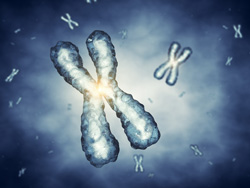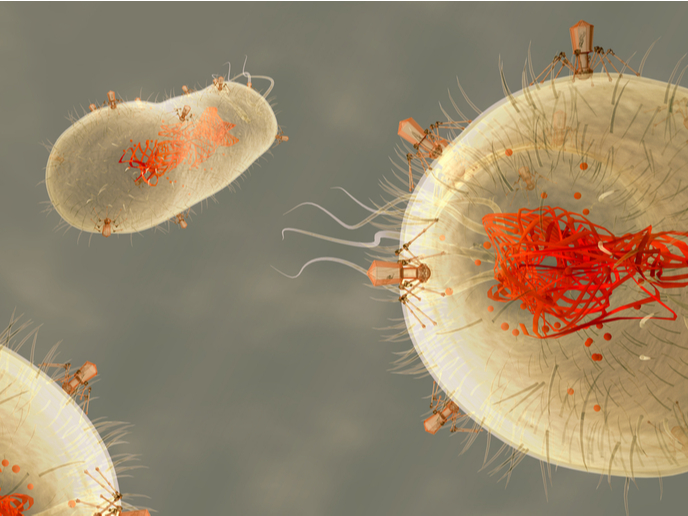Reproductive isolation driving evolution of species
There are many theories regarding the emergence of new species – known as speciation – depending on the level of geographic isolation between the two emerging species. Also, speciation can occur due to reproductive isolation. This can be caused by mating differences, sterility or environmental barriers that eventually lead to the adaptive splitting into two species. However, reproductive isolation is not sufficient but internal barriers to gene flow are required for speciation to evolve. Recent studies suggest that natural selection and adaptation may play a more significant role in the early stages of divergence and the evolution of reproductive isolation than previously thought. This adaptive speciation may be particularly common where there is partial spatial separation between habitats, such as on the steep environmental gradients that characterise sea-shore habitats. The key objective of the EU-funded ‘Evolution of reproductive barriers and its implications for adaptive speciation’ (Adaptive Speciation) project was to understand the mechanism of adaptive speciation. The marine snail Littorina saxatilis, which shows evidence of progression towards speciation, was used as a model. In particular, the two morphs (E and S) of L.saxatilis which inhabit different environments, were studied. Scientists examined how genetic differentiation and phenotypic plasticity can contribute to species adaptation and reproductive isolation between these two morphs. Using genetic tools such as amplified fragment length polymorphism (AFLP) markers and morphometric analysis, scientists wished to analyze transects on two separate small islands as estimates of gene flow and selection. Additionally, they tested the possibility that enforced mating between the two morphs in the hybrid zone may affect local adaptation. Adaptive speciation provided important insight into the field of evolutionary biology and more specifically into the role of reproductive isolation in driving speciation. Results are expected to contribute to our understanding on the reasons and processes that cause species diversity.







